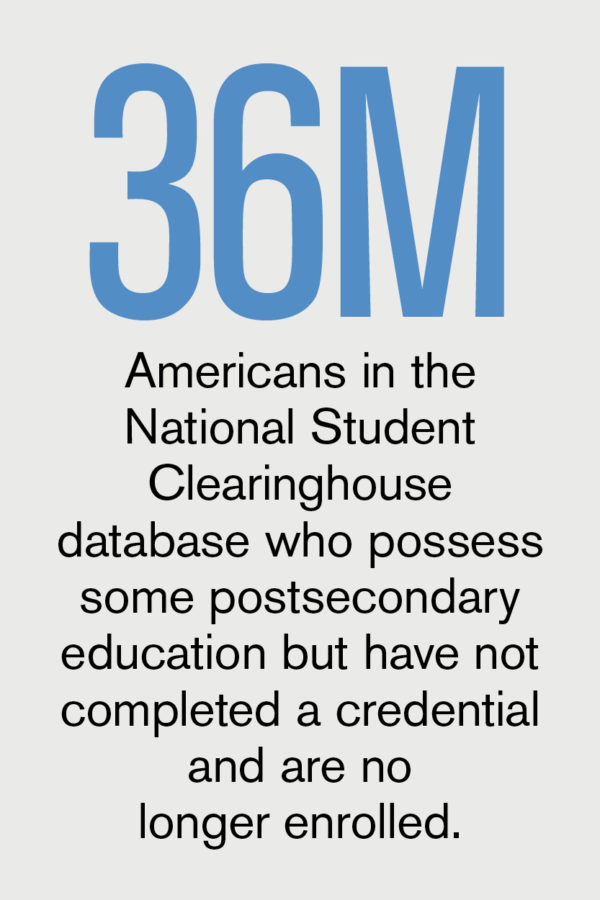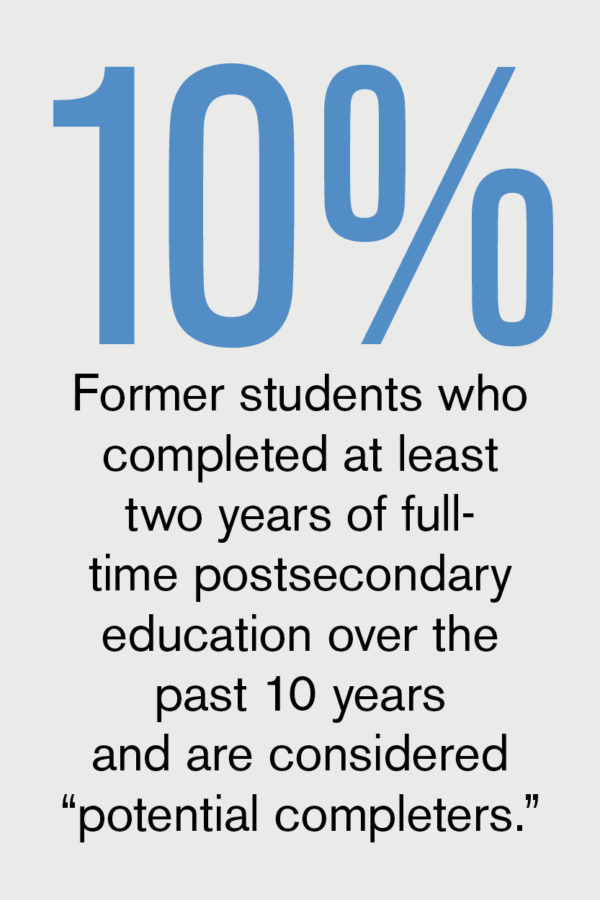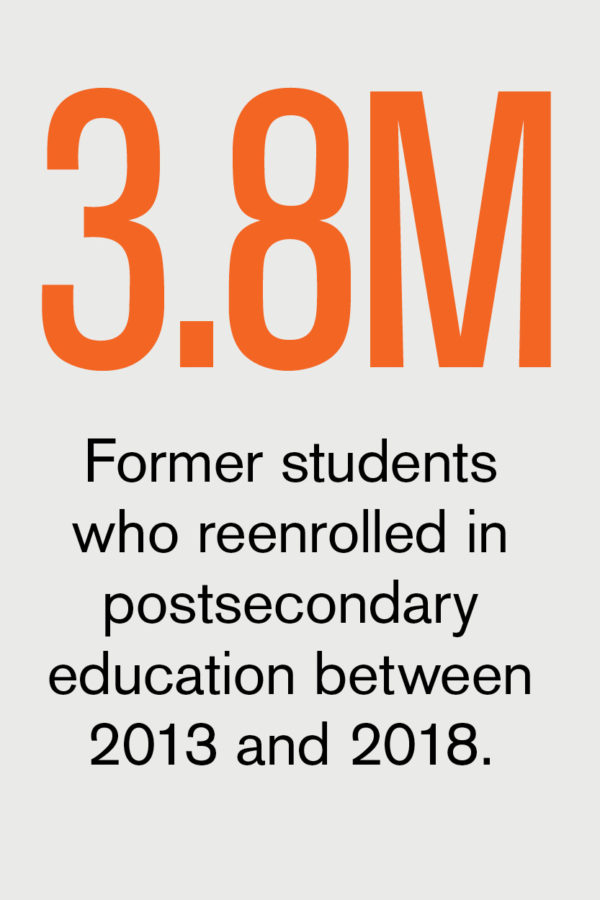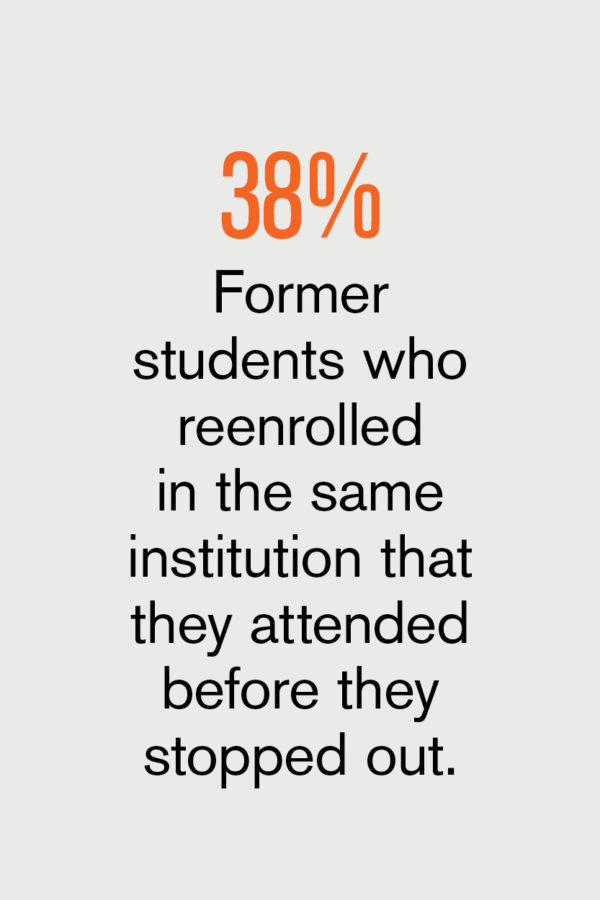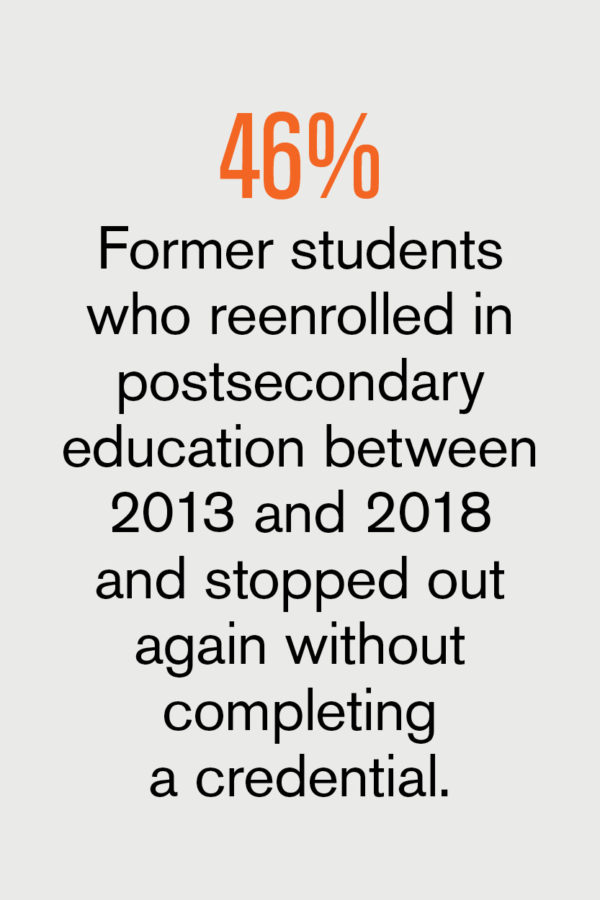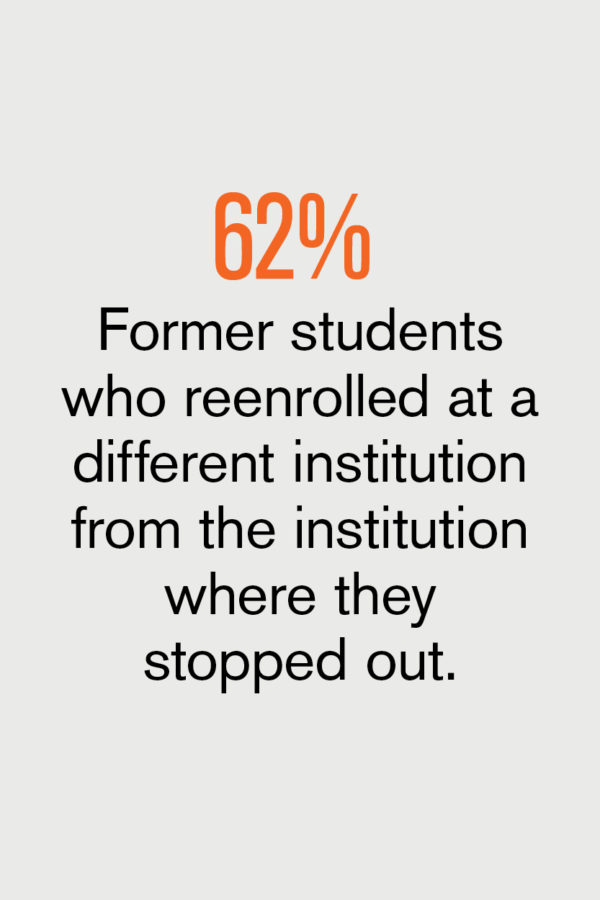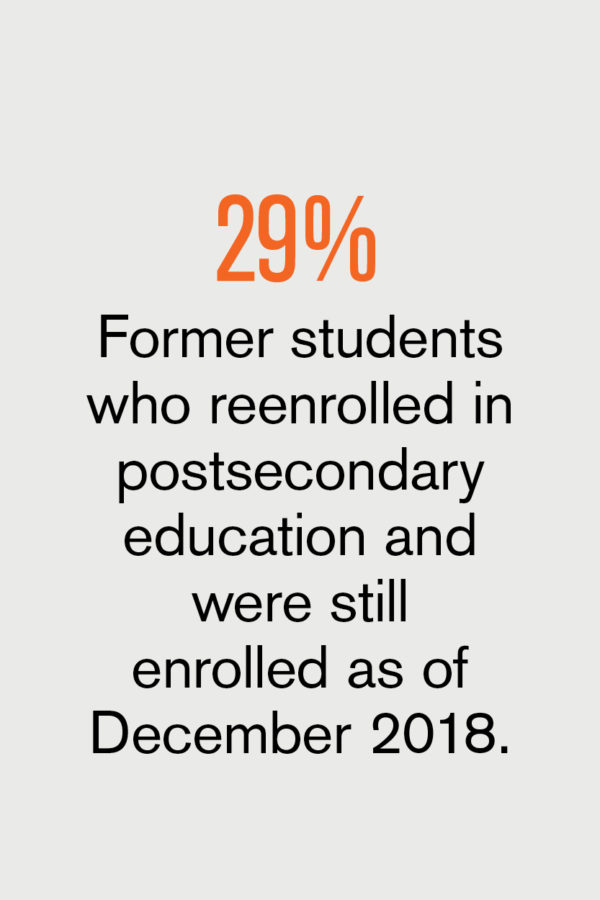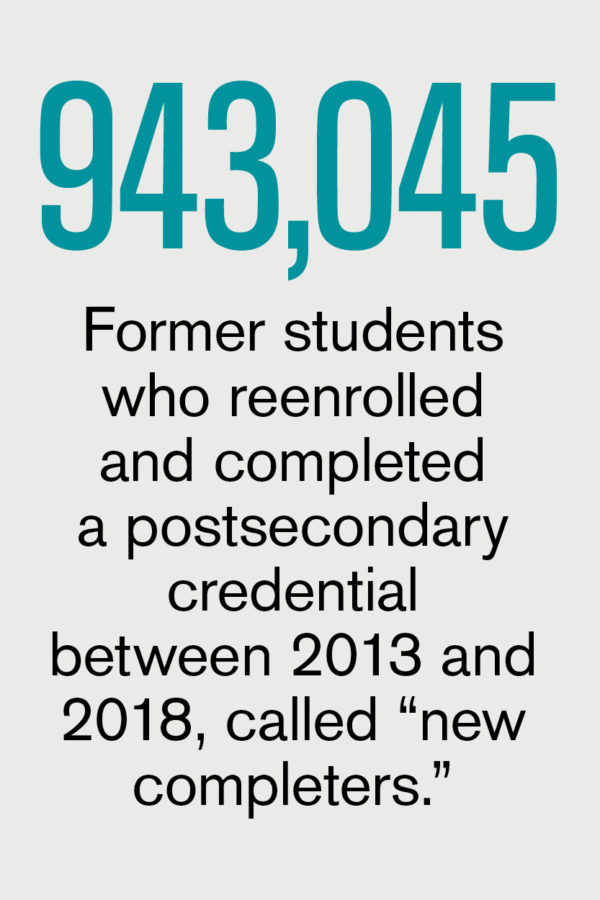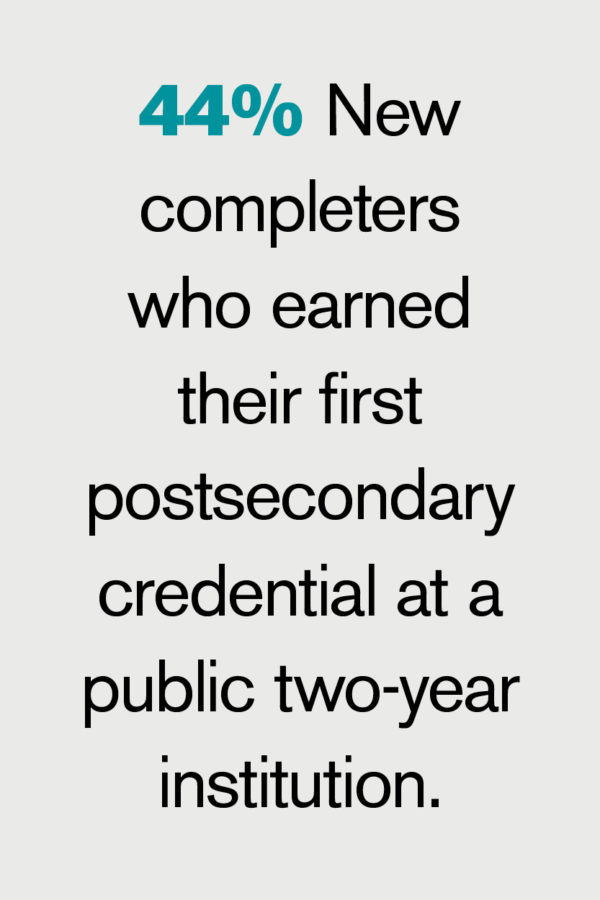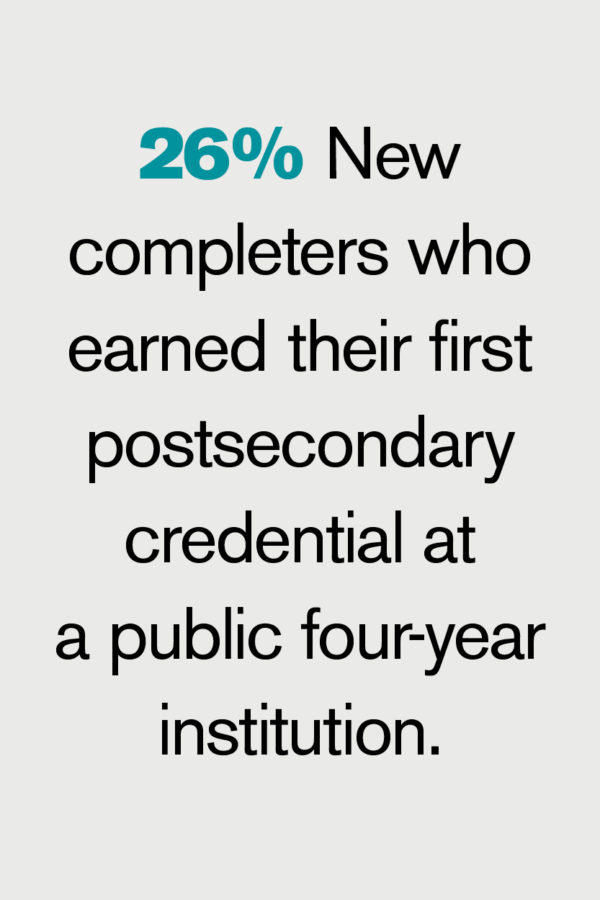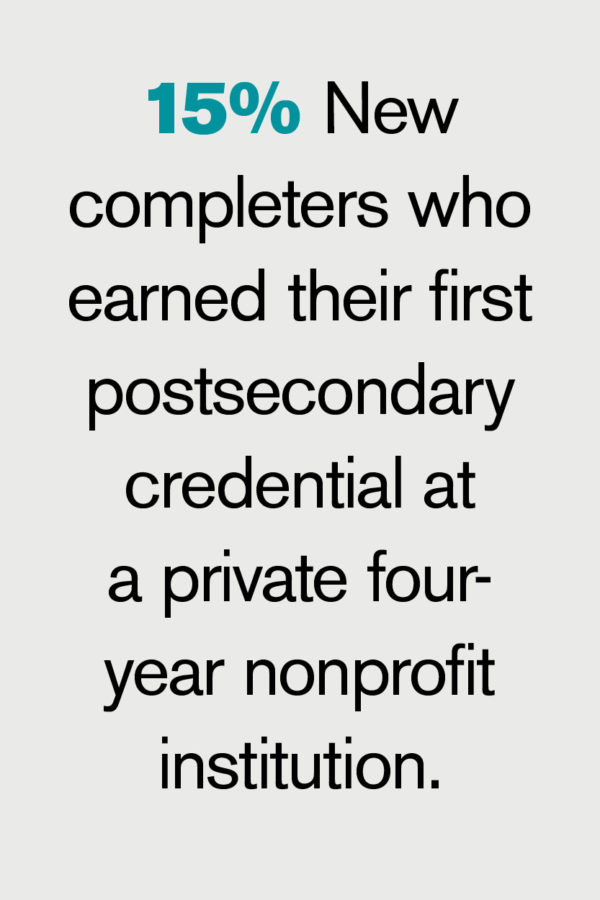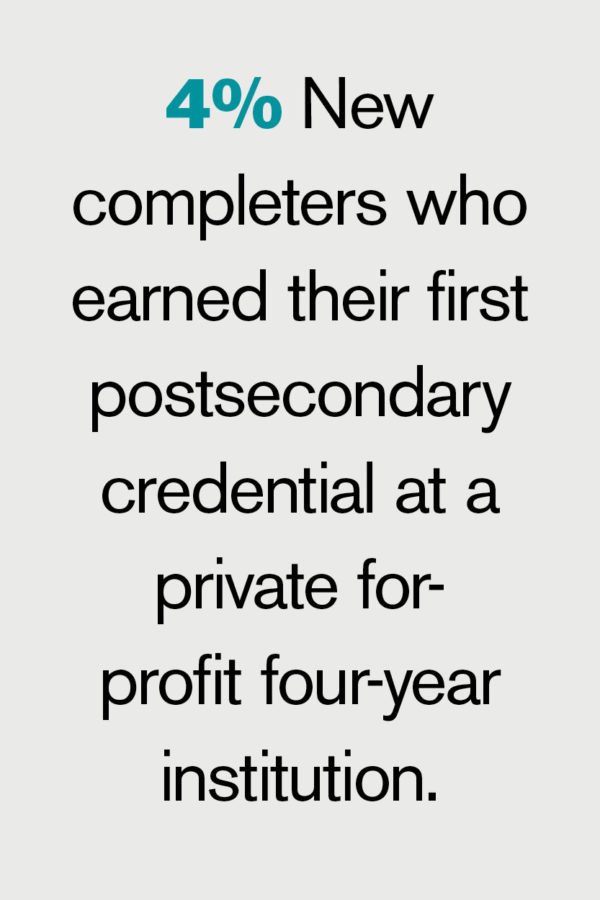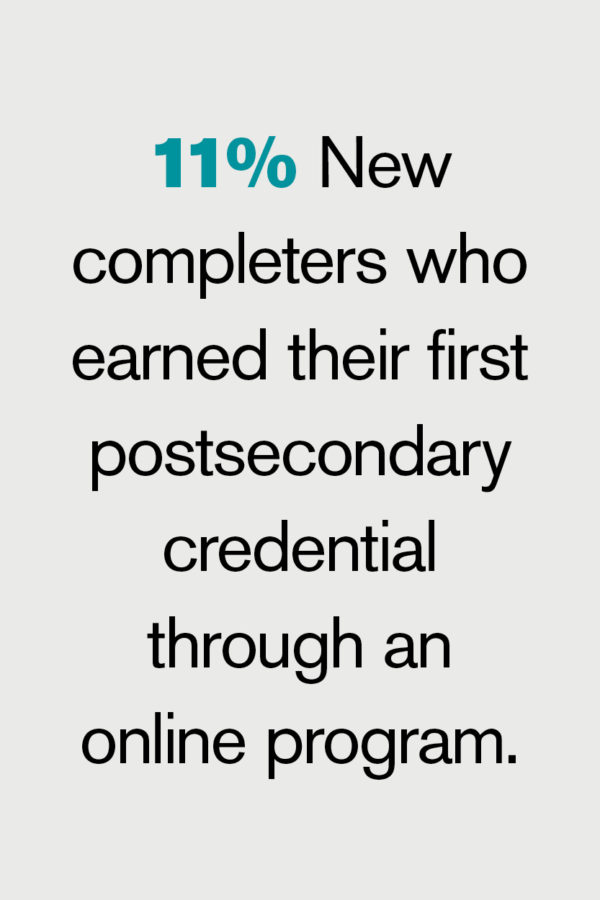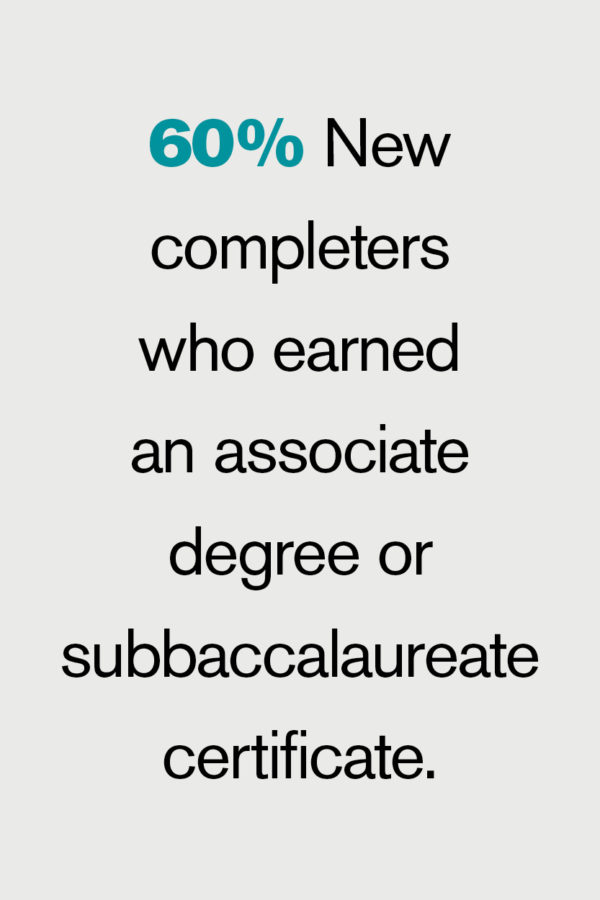Lawmakers, students, and other higher education stakeholders have been growing increasingly concerned about student debt and college affordability. These concerns are rooted in real numbers. After all, since the 2009–10 academic year, published tuition and fees have grown by 24 percent at public four-year institutions, by 22 percent at public two-year institutions, and by 20 percent at private nonprofit four-year institutions.
However, the College Board’s new reports, Trends in College Pricing 2019 and Trends in Student Aid 2019, demonstrate that recent developments in higher education are largely positive: Tuition increases have slowed across sectors, student borrowing has continued to decline, and institutions are providing more financial aid than ever. Here are four important takeaways from these reports.
Published prices are growing at a slower pace. Although published charges continue to rise across all institution types, they grew at a slower pace in the 10 years between the 2009–10 and 2019–20 academic years than during the previous two decades.
In the last 10 years, published tuition and fees increased at an average rate of 2.2 percent per year at public four-year institutions for in-state students. In contrast, published prices for the same cohort grew at the much greater average annual rates of 3.9 percent between academic years 1989–90 and 1999–00 and 5 percent between academic years 1999–00 and 2009–10.
Similarly, over the last decade published tuition and fees increased by 1.9 percent per year for private nonprofit four-year institutions, down from the average annual growth rates of 3 percent between academic years 1989–99 and 1999–00 and 2.5 percent between academic years 1999–00 and 2009–10.
The change in published charges over time has been less dramatic at public two-year colleges. In the last 10 years, published tuition and fees at these schools increased by 2 percent on average each year, which is on par with the 1.9 percent average annual increase between academic years 1999–00 and 2009–10 and lower than the average annual increases of 4 percent between academic years 1989–90 and 1999–00.
Most students don’t pay the sticker price for college. After taking grant aid and tax benefits into account, the published price of college far exceeded the average undergraduate’s net education-related expenditures, or what they actually paid. In academic year 2019–20, the average published tuition and fees and room and board (TFRB) at public four-year colleges and universities was 43 percent above net TFRB. Similarly, published TFRB was 49 percent above net TFRB at two-year colleges, and more than 82 percent above net TFRB at private nonprofit four-year institutions.
Total student borrowing is down. Adjusting for inflation, students and parents borrowed $106.2 billion for education-related expenses in academic year 2018–19, down from a peak of $131.7 billion in 2010–11. In academic year 2018–19, for the eighth year in a row, both total annual borrowing and borrowing per full-time equivalent undergraduate declined. However, borrowing among graduate students fluctuated over this same period, dropping from a peak of $19,750 per student in academic year 2010–11 to $17,850 in 2014–15 before rising to $18,470 in 2018–19.
Total federal loans (including subsidized, unsubsidized, and PLUS loans) to undergraduate students fell from $82 billion in academic year 2010–11 to $54.2 billion in 2018–19, a 33.8 percent decline. Similarly, in academic year 2018–19, after adjusting for inflation, the average federal loan amount per undergraduate was $4,410, down from an average of $6,000 in 2010–11.
Students are receiving more aid. After adjusting for inflation, the total amount of grant aid supporting postsecondary students increased by 56 percent between academic years 2008–09 and 2018–19. During that time, Pell Grant awards increased by $7.3 billion (35 percent) while veterans’ benefits rose by $8.4 billion (214 percent). Veterans’ benefits have grown as a share of total federal student aid, doubling from 15 percent of federal aid in academic year 2008–09 to 30 percent in 2018–19.
Federal grant aid as a share of all grant aid awarded to undergraduate and graduate students has fluctuated over time, from 44 percent in academic year 2010–11 to 30 percent in 2018–19. Institutional grant aid is the only type of grant aid that grew rapidly between academic years 2013–14 and 2018–19, with colleges and universities increasing their aid by 19.4 percent, from $52.1 billion (in 2018 dollars) in academic year 2013–14 to $64.7 billion in 2018–19.
These College Board reports show that institutional grants are the leading source of aid at private nonprofit four-year schools. This supports the most recent findings from the 2019 NACUBO Tuition Discounting Study, which indicate that nearly half the tuition and fee revenue collected from undergraduates at private nonprofit colleges was used to provide scholarships, fellowships, and other grant-based assistance to students in the 2018–19 academic year.
KAT MASTERSON is assistant director for research and policy analysis, NACUBO.





